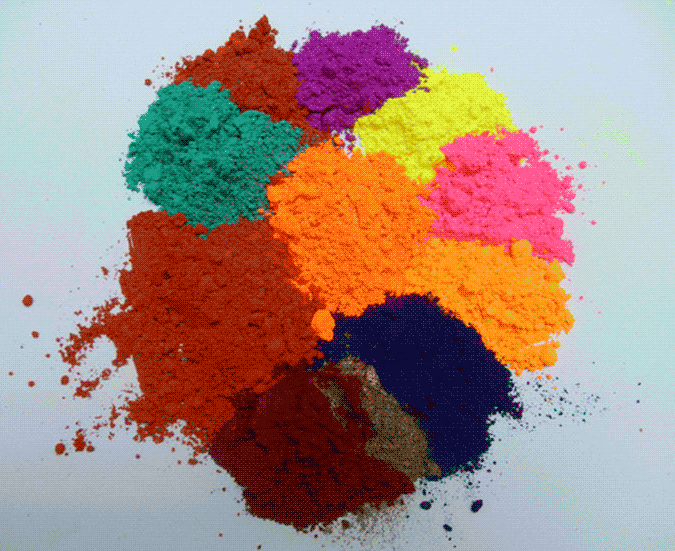The common properties of pigments
2020-11-09
The most common inorganic compound of colour are, in fact, pigments.
The dispersity, oil absorption, covering power, coloring power and light resistance of the pigment and its film have great influence on the properties of the paint and its film.
Dispersion is the size of the pigment particles. When other conditions are the same, the higher the dispersion is, the finer the particles are, the less the layering of the paint is, the smoother the paint film is, and the oil absorption and hiding power of the pigment are also increased.
The amount of oil needed for mixing a certain amount of pigment with oil is the amount of oil absorbed by the pigment, which determines the consumption of oil in mixing paints.
The hiding power of pigment is the ability of the pigment in the paint film to cover the substrate and not to be exposed through the paint film, which is usually expressed by the number of grams of pigment per unit area. Obviously, the higher the hiding power, the lower the paint consumption.
Pigmentation is the ability of a pigment to mix with another pigment to form a strong or weak color. When mixed pigments are prepared, the same hue is achieved, and the amount of pigments with strong colouring power is less.
The stability of a pigment against light, or light fastness. Some poor light-resistant pigments in the role of light, its color and performance in varying degrees of change, reducing the surface decoration quality of products.
A good coloring pigment should be bright color, with a higher hiding power, coloring power, dispersion and lower oil absorption, and the role of light stability.

 English
English



